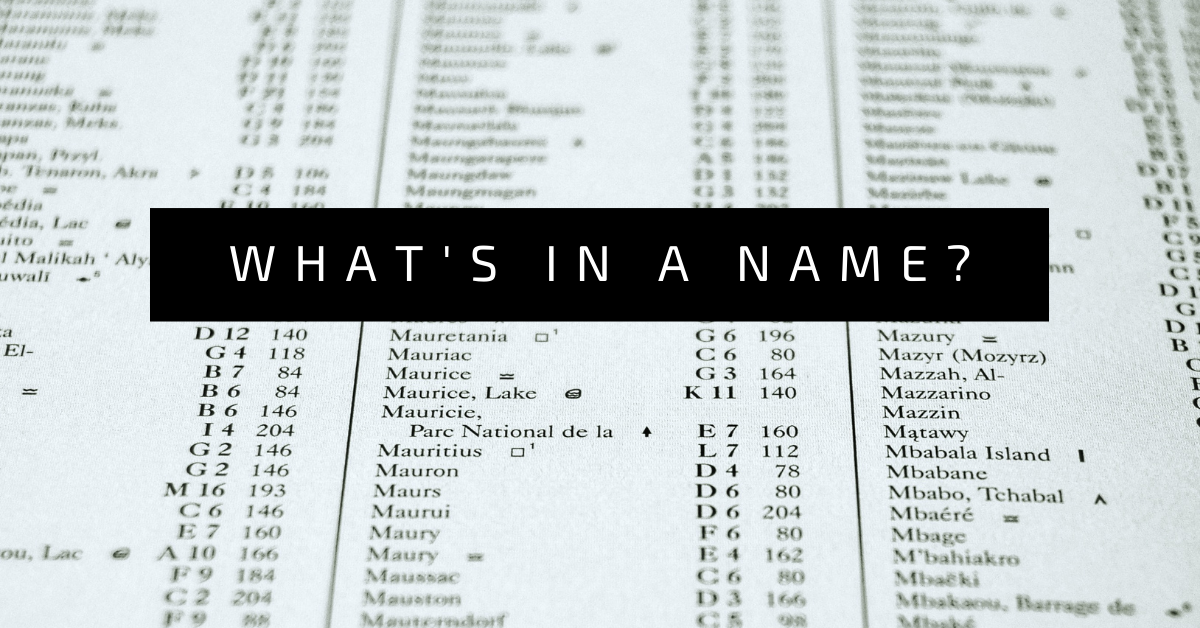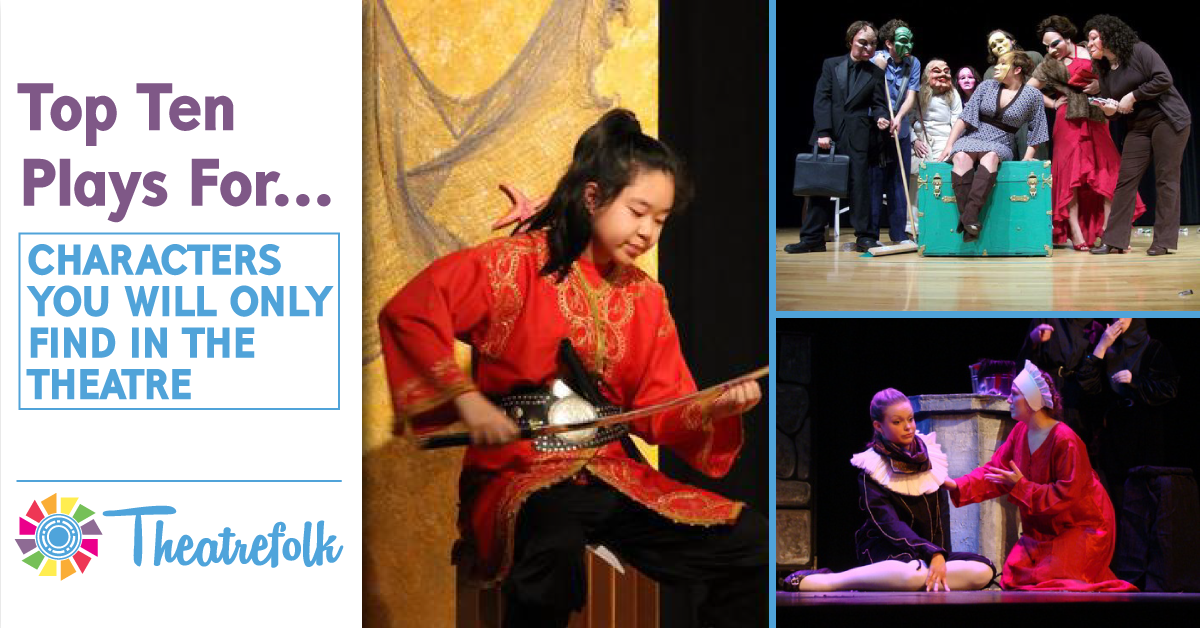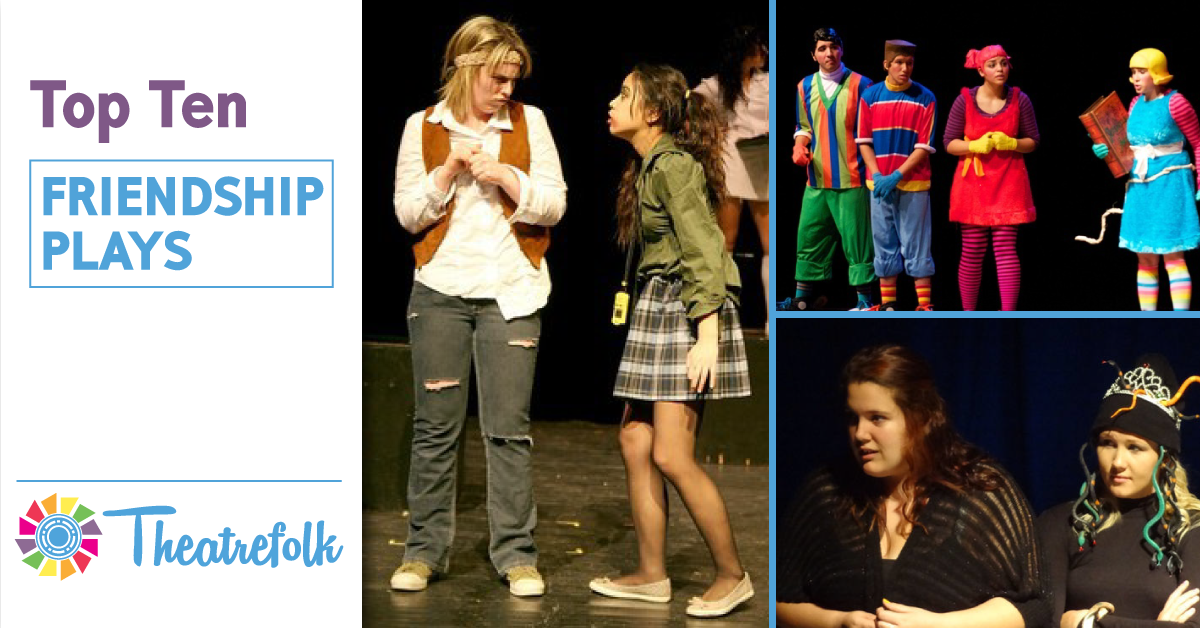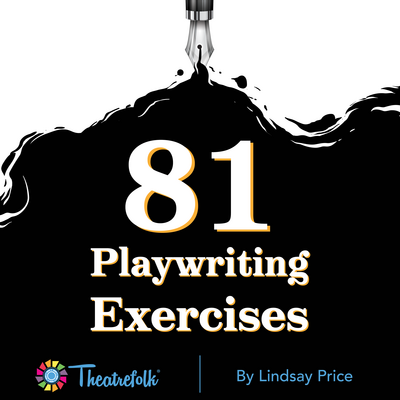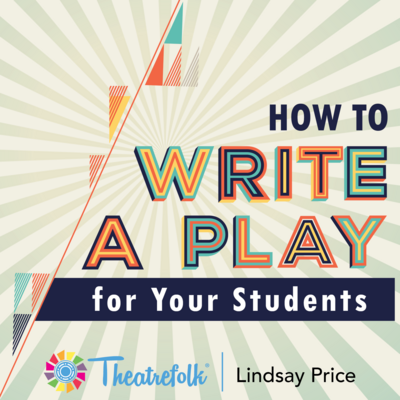What’s in a Name?
Naming characters. It’s something that I take very seriously as a playwright. Some might say a little too seriously, as I spend an hour on a baby name website instead of actually, you know, writing. But I can’t help it. If the name’s not right, then the character doesn’t start talking and if the character doesn’t start talking how on earth can I write for them?
I like my character names to mean something. Even if it’s just a private inside meaning for me. I like looking at the core of the character or a defined character trait and basing the name off of that. I like giving characters cultural names. I like giving names to ensemble/group characters so that the actor isn’t just playing “Number Three” they have a place. They have a home base. Names are a big part of my process, part of how I learn about the characters, how I move them through out the play.
A example of this is in Sweep Under Rug. The two girls in the play have specifically chosen names from Shakespeare’s The Tempest: Miranda and Ariel. This is their mother’s favourite play. Their mother, who we never meet, is not in a good state. It is suggested that she is a complete failure, a mess. It is also suggested that because she’s poor she is unable to rise about her situation, she can only learn so much. But I wanted to show (in a very subtle way, and perhaps only known to me) that indeed the mother is more than what she is assumed to be by what she named her daughters.
So as I said, baby name websites are the bomb. Here’s one.And another. And a third. These have every name you could ever possibly think of. And they often tell you what the name means, a great bonus. Further to that, say you have a character of a certain nationality, you can look up the top ten names from that country. Want a French name? Here you go. If you want a character with a very popular trendy name, you can look that up too. You can look up cultural surnames. Last names are important. They can add another layer to the onion that is your character. In Floating On a Don’t Care CloudI knew I wanted the over-achieving Mya to come from a historically immigrant family and thus not have a standard North American or English name. She ended up as Mya Savakis.
Creating a name that goes with theme of your play can be a way into the naming process. In Censorbleep, there are five girls who represent the idea of being clean, and pretty and perfect to the point of being robots. So all their names are all simple, they sound the same and rhyme in a robotic fashion: Mandy, Tandy, Randy, Sandy, Candy.
The most fun plays to create names for are those that exist a little left to reality. You don’t need to be bound by that reality. But where do you start? I often look at the primary drive/trait of the character and either look up that word in another language (Google Translate is awesome for that). For example: let’s say I have a character who is brave and I plunk that word into Google translate to change “brave” from English to Spanish. The Spanish word for brave is Valiente which is ok, BUT, in the adjective list there is also Esforzado. When I look at that word, I see the end part “Zado” which I think is an awesome name. I like it so much I might have to come up with a character with that name. Hmmm.
Another thing I might do is simply take the word in question and pick out a section in the middle of that word. InLook Me In the Eye, all of the character sames are plucked from the words that make up their core:
- VIO comes from Violence
- FEA comes from Fear
- RUL comes from Rules
- REA comes from Reality
- TOR comes from History
In Beauty and the Bee there is a chorus of 10 life-sized bees. They represent the “buzzing” in different characters’ brains. So instead of numbering the bees, they each have a name that has been fragmented from words that mean to think and things that happen in the brain:
- COGI – first part of cogitate (means to think)
- REVE – french word for dream
- MARE – tail end of nightmare
- RUMI – first part of Rumination, to ponder
- BEAN – is another word for brain
And then sometimes it’s as simple as finding the name that sounds the best. I want this character to have a three syllable first name and a hyphenated last name. I want this character to have a quick, blunt name. I want this character to have a funky sounding nickname. I want there to be some alliteration – the main character in Jealousy Jane was easy to come up with because there are only so many one syllable names that begin with J. And I also wanted something a little plain so that she could be jealous of her sister with the “pretty” name.
Related Articles
81 Playwriting Exercises
by Lindsay Price
81 exercises that can be used to get students in the habit of writing on a regular basis.
How to Write a Play for your Students
by Lindsay Price
You’ve chosen to write a play for your students! Where do you start?
Resource Bundle - Playwriting
Use these 4 Playwriting drama teaching resources to make playwriting possible with your students. Great for warm-ups, prompts, writer's block and more!
